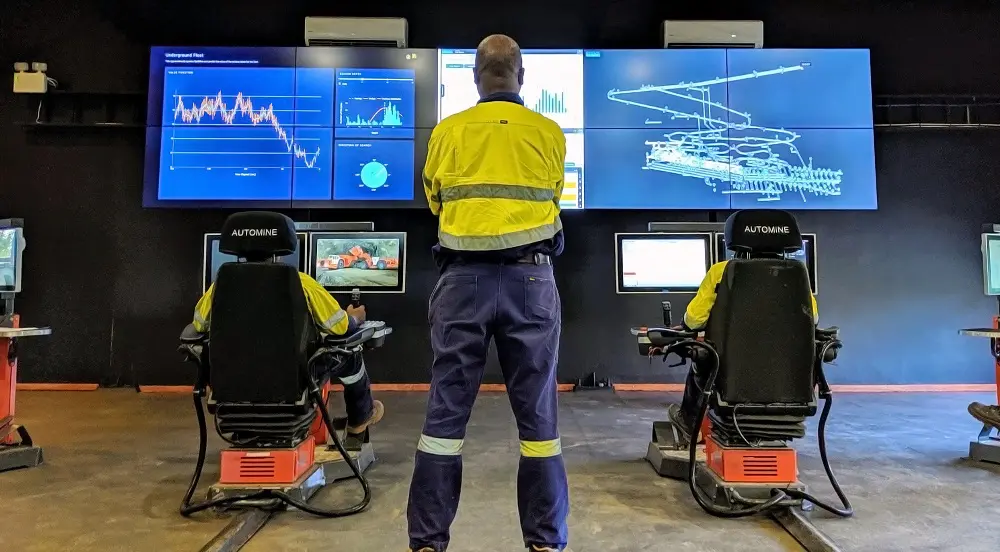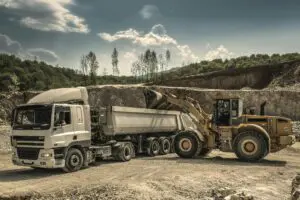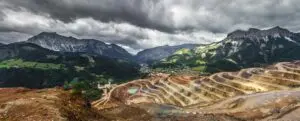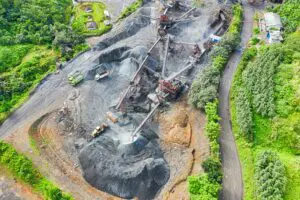Automation in the mining industry may create a new set of problems and costs.
It might take the shape of autonomous self-driving trucks and machinery or process/software optimization. Although autonomous machinery, vehicles, and procedures have long been used in the mining industry, they are now more frequently used as technology evolves.
Mining operations that rely on machinery operators and laborers will now need to compete for workers with different skill sets, such as data analysis or artificial intelligence. This will create competition with non-mining industries for talent which could drive up wages, adding further to inflation if passed on to customers through higher commodity prices.
This trend presents a whole new set of costs and there are few resources for budgeting or gaining insight into the costs associated with automation. With over 40 years of experience tracking the costs associated with mining operations, the team at Costmine offers insights into this trend for mining.
Mike Sinden, Vice President of Costmine Intelligence, had a chance to sit down with Brad Terhune, Costmine analyst to discuss automation in mining. Brad is a licensed professional geologist and cost analyst with 23 years of applied experience in mineral exploration, mining geology, industrial minerals, aggregate operations, explosives engineering and mine cost estimating.
Here is an excerpt from their conversation…
Mike Sinden: What is automation in mining? What does it mean and how does that relate to mining costs? Why would a mining company care about automation and mining? And what are the costs associated with that transition going forward?
Brad Terhune: Automation in mining is a broad topic. Traditionally, there has long been some level of automation within the industry, especially within the mineral processing space. More recently, automation is more fully integrating with mobile equipment for safety and operational efficiency.
I do not believe our industry fully understands the costs of transitioning to more automation. Both capital and operating costs need further study and real world implementation over time.
Mike Sinden: What is the scope of automation?
Brad Terhune: One thing that comes to a lot of people’s minds is a truck that drives itself. Or they may think of drills that can automatically set up entire drilling programs and move from one hole to the next without human intervention. These things, however, are really only the tip of the iceberg that everyone sees or thinks about.
For example, when you take the driver out of a truck, you will have to put someone else in a control room who is more knowledgeable on computers and software. That person could be monitoring not just one truck, but 44 trucks. The big advantage there of course is the increased safety associated with taking multiple people out of vehicles and out of harm’s way, but then you also have to have new software, hardware and equipment that is equipped for automation…i.e. the remainder of the iceberg.
Mike Sinden: What is there that we still have to understand? What do mining companies need to know they are getting into?
Brad Terhune: To understand what’s involved in autonomy, you have to understand all of its components and the trade-offs it brings in terms of safety, costs, the workforce and the equipment. There will be sensors, mechatronics and then the IT people behind it all to plan it, install it, run and maintain it.
In other words, they need to have a good handle on the scope discussed in the previous question.
Mike Sinden: Does automation change the character and nature of the mine labor? Does this create opportunities for people that traditionally would not have worked in the mining sector? Is there the potential to have a more tech savvy worker?
Brad Terhune: Yes, because the driver that you pull out of the truck may or may not be capable of understanding the computers and the automation systems behind it. Moreover, you’re creating opportunities for new IT people who have to maintain those systems.
You also have opportunities there for software developers. The technology that’s operating the system is complex and it’s brought together by software that’s controlling everything. This software all has to be managed by somebody with very different skills than a haul truck driver.
Mike Sinden: One thing that we will hopefully learn in the next couple of years is what types of mines are best suited for automation? We must be thinking about mines in terms of the size of the operation, the size of the equipment and its complexity. When, and for what type of operation does it become economic to spend the extra capital?
Brad Terhune: The roots of autonomy in mining have been in Australia, where you’ve got big trucks and big open pit mines with room for improvements in operating efficiencies and safety. Vendors and smaller mining companies are just now beginning to examine if autonomy might work for them in some areas. For example, Caterpillar has only recently set up a smaller class of truck than what they have traditionally used for driverless technology.
The industry doesn’t really know where the threshold is yet in terms of costs or the size of the operation because so much of this information is still proprietary. And undoubtedly, once these thresholds are known, they will shift over time as technology and implementation in the industry mature. Additionally, autonomy fits into the ESG story, so costs may not always be the only driving factor in the decision making process.
Mike Sinden: Thank you for your time and I look forward to reconnecting on this trend soon.
Costmine is a leader in Mining Cost Estimation and advisory services. Whether your project is open pit, underground, in-situ leach, heap leach, flotation or placer, Costmine experts have the depth of knowledge to provide accurate data.





















